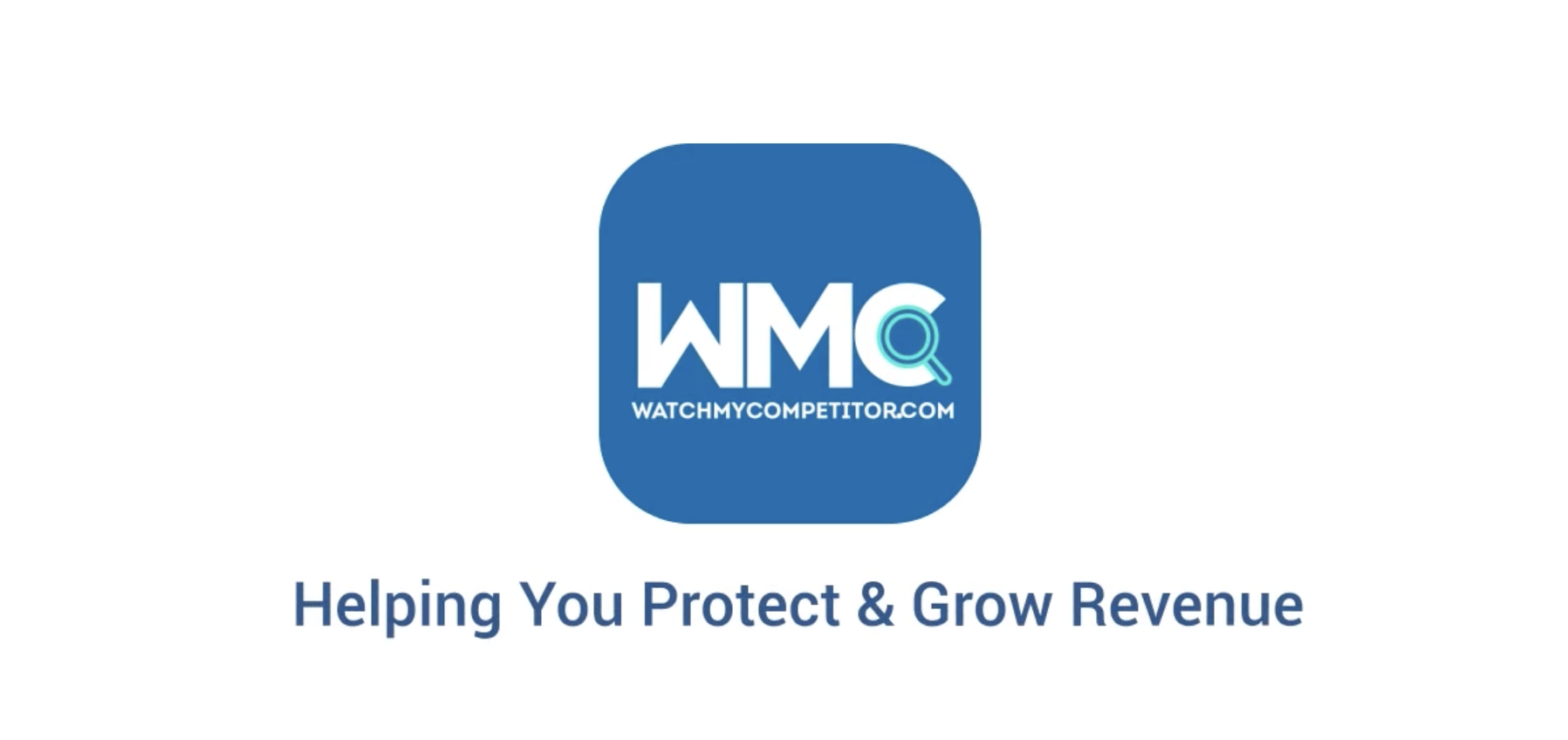In the fast-paced digital landscape, staying ahead of your competitors is crucial for success. One effective strategy to achieve this is through website monitoring alerts. These are notifications that are automatically triggered when specific changes occur on monitored websites.
By leveraging website monitoring alerts, businesses can stay informed in real time of any changes to their competitors’ websites, so they can quickly take action to address any issues or opportunities. As you read on, we’re going to be looking at:
- What are website monitoring alerts?
- Why are they important for businesses?
- Key considerations when setting up alerts.
- How to effectively implement them using website monitoring tools.
We will also provide real-world examples of how businesses have used website monitoring alerts to their advantage.
Whether you are a marketing professional, social media executive or brand manager, harnessing the power of website monitoring alerts can provide valuable insights and give you the edge you need in today’s competitive market.

What Are Website Monitoring Alerts?
Website monitoring alerts refer to notifications that are automatically triggered when specific changes occur on monitored websites. These changes can include everything from content alterations and press releases to price adjustments and social media updates.
The primary purpose of these alerts is to keep you informed in real-time, enabling you to respond swiftly to competitor actions and market shifts. By leveraging website monitoring alerts, you can proactively adjust your strategies and stay ahead of the competition.
The points below provide a useful snapshot as to just what website monitoring is all about:
- Website monitoring alerts can be used to monitor a variety of website metrics, such as uptime, response time and online traffic.
- Alerts can be sent via email, SMS, or push notification.
- You can customise these alerts to be triggered only by specific events, such as a website going down or a page loading very slowly.
The Importance Of Being Alerted of Website Changes
Being alerted of website changes can provide you with a competitive advantage in a number of ways. By tracking your competitors’ marketing and promotional activities, you can stay up-to-date on their latest offerings, campaigns and messaging.
This information can help you to do the following:
- Identify new opportunities to reach your target audience.
- Develop more effective marketing campaigns.
- Stay ahead of the competition.
In addition, monitoring website changes can help you to:
- Identify new products and services that your competitors are offering.
- Stay informed of pricing changes.
- Track changes to content and user experience.
- Identify potential security vulnerabilities.
By being alerted of website changes, you can gain valuable insights into your competitors’ business and make informed decisions that will help you to grow your own business.
Key Considerations For Setting Up Website Monitoring Alerts
When setting up website monitoring alerts, consider the following key elements:
Press Releases: Monitor competitor websites for press releases and announcements. Being aware of their latest news can provide insights into their strategic directions and partnerships.
Price Changes: Stay vigilant by keeping track of price adjustments on competitors’ products or services. Price drop alerts can indicate potential sales or marketing strategies that you may need to counter effectively.
Social Changes: Monitor changes in social media profiles, posts, and engagement patterns. This can offer valuable insights into their audience engagement strategies and new campaigns.
Content Alterations: Monitor modifications to website content, such as blog posts, articles, and landing pages. Changes in content focus or messaging can indicate shifts in their marketing approach.
New Products: Receive instant alerts when competitors introduce new products or services. This feature helps you identify emerging trends and respond proactively to dynamic market shifts.
For more information about overall website monitoring best practices, please read this article here.
How To Set Up Website Alerts
Setting up website monitoring alerts can be done through various tools, each with its own approach:
WatchMyCompetitor (WMC): WMC offers comprehensive website monitoring features that allow you to customise alerts based on specific triggers. Set up alerts for changes in keywords, content, prices, and more. WMC provides real-time notifications to ensure you’re always in the know.
Google Alerts: Google Alerts is a free tool that sends email notifications when new content matching your specified keywords is indexed by Google. While it’s a simple option, it may lack the depth and customisation offered by dedicated monitoring tools.
Other Methods: Depending on your preferences, you can explore other monitoring tools or services that offer website change alerts. Choose options that align with your needs and provide timely and accurate notifications. This article provides useful information about choosing the right tool.
The best method for setting up website monitoring alerts will depend on your specific needs and budget. If you need to monitor a large number of websites or track a variety of metrics, then a dedicated website monitoring tool may be the best option.
If you are on a budget or only need to monitor a few websites, then Google Alerts or a web scraping tool may be a better choice.
Here are other factors to consider when setting up website monitoring alerts:
What metrics do you want to monitor?: The first step is to decide what metrics you want to monitor. This could include uptime, response time, traffic, or specific content changes.
What triggers do you want to use?: Once you know the metrics you want to monitor, you need to decide what triggers will activate the alerts. This could be a website going down, a page loading slowly, or a new product being launched.
How often do you want to receive alerts?: You also need to decide how often you want to receive alerts. This could be every time there is a change, or it could be less frequently.
How will you receive alerts?: Finally, you need to decide how you want to receive alerts. This could be via email, SMS, or a push notification.
Final Thoughts
Website monitoring alerts are a powerful tool for staying ahead of your competition. They can help you gather insights, refine strategies, make informed decisions and take action quickly to keep your brand at the top. With tools like WatchMyCompetitor, it’s easier than ever to leverage this technology and secure your competitive advantage.
By staying ahead of your competition, you can increase sales, improve customer satisfaction, and build a strong brand reputation. Website monitoring alerts are a valuable investment for any business that wants to succeed in today’s competitive market.
FAQs
What is the benefit of using website monitoring alerts?
Website monitoring alerts offer real-time insights into competitor activities, allowing you to adapt your strategies promptly and maintain a competitive advantage.
How often should I receive website change alerts?
The frequency of alerts depends on your industry and the pace of changes. However, receiving alerts in near real-time ensures you’re always up to date.
Can I monitor multiple competitors simultaneously?
Yes, tools like WMC allow you to monitor multiple competitors’ websites simultaneously, helping you gather a comprehensive understanding of the competitive landscape.
Are there privacy concerns when monitoring competitor websites?
As long as you’re only tracking publicly available information and adhering to ethical guidelines, there are generally no privacy concerns. Monitoring tools focus on changes that are meant to be visible to the public.
How do website change alerts enhance marketing intelligence?
Website change alerts provide valuable data for refining your marketing strategies. By tracking your competitors’ moves, you can identify gaps, anticipate trends, and position your brand more effectively.








